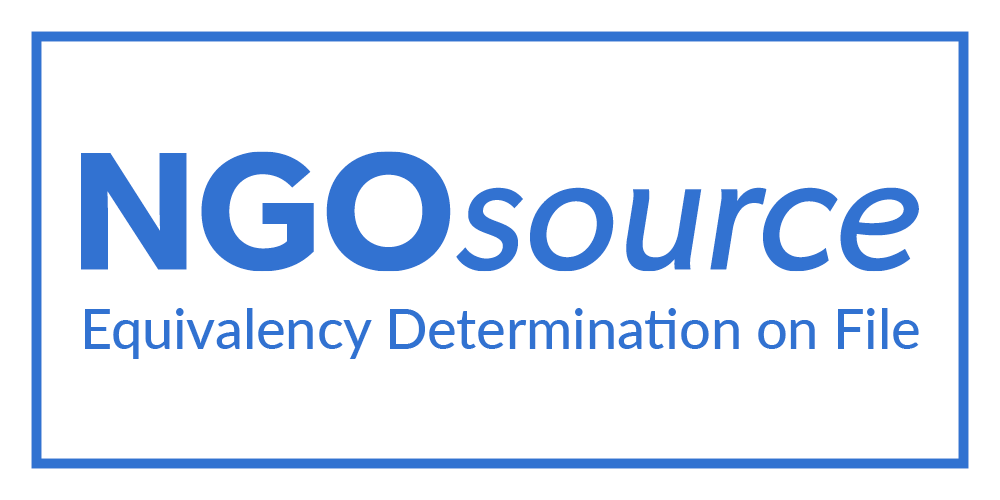On July 12, 2022, President Joko Widodo ratified Government Regulation No. 24 of 2022 which related to the creative economy, or known as PP Ekraf, which became a legal basis for the use of intellectual property (IP) products as loan collateral for banks and other financial institutions. This new regulation – which is an effort to encourage the creative economy at the macro level – sparks hope for the creative economy communities.
PP Ekraf is widely appreciated because if it runs properly, artists can use their IP objects as a capital to support their independent works. PP Ekraf also enables artists to use work contracts and billing rights as a loan collateral for their creative economic activities. Similar mechanisms have been implemented in other countries such as Singapore, India, and South Korea.
However, the Indonesian art coalition, Koalisi Seni, found a number of governance problems that could hinder the implementation of PP Ekraf.
First, PP Ekraf only regulates the access of IP-based capital. However, the current IP system is not considered sufficient to protect the rights of the creators.
In the IP rights policy, the art sector as a part of the creative economy is protected by copyright. However, for Indonesian artists, pursuing copyright is difficult because the copyright registration system and management are still far from ideal.
Until now, the artists are constrained by copyright management problems. In the film sector, for example, there are no proper royalty regulations by the government. The royalty agreements are only protected by contracts between producers and industry players.
Meanwhile, in the music sector, the revenue from performing rights royalties and music royalties is far from sufficient. The royalty should have been managed transparently by the National Collective Management Organisation (LMKN). However, the rate of royalty in the Indonesian music sector is considered low.
In the fine arts sector, Indonesia has not adopted essential rights such as resale rights, or the creators’ take in royalties from public purchase transactions.
In the publishing sector, the distribution of royalties varies on the contract between the publisher and the author. Meanwhile, the theatre and dance sector does not have a specific valuation mechanism for the works performed.
Furthermore, the problem is worsened by the lack of intellectual property awareness in Indonesia.
As the non-established system, IP rights management problems may reduce the nominal amount of approved loans. Article 12 of the PP Ekraf stipulates the income approach as a method in providing loans. This means that the appraiser will examine the commercial potential of the IP object, through the projected income of the prospective debtor. The results of the assessment will determine the nominal value of the loan.
When the system is nonoptimal, the amount of loan received may not satisfy the debtor. It is because the “cash flow” which comes from royalties is constrained by the copyright management system itself.
Second, Article 10 (B) of PP Ekraf stated that the using of copyright as loan collateral relies on certain conditions, one of them is that the object has been managed properly and/or transferred its rights to another party. This means the copyright should have a good financial record and excellent management by its holder.
In a glance, such regulations seem to make sense since the financial institution will avoid the risk of default from the debtor. However, at the same time, the regulation indicates that the loan can only be accessed by the subjects who have been adept at exploiting the economic aspects of their copyrights.
The question is, what about artists who do not have a good financial track record? Are they still eligible to use their copyrights as a loan collateral? What about those who have worked outside the mainstream market and not been able to reap as much commercial profits as those in the mainstream market?
Koalisi Seni encourages the government to evaluate the implementation of copyright protection immediately. The goal is for artists to utilise their copyrights in accordance with PP Ekraf. The copyright-based capital will only be optimal if the implementation of our copyright management system has accommodated the needs of creative economy actors.
Aicha Grade Rebecca
Art Policy Researcher of Koalisi Seni
Translation by Moyang Kasih



